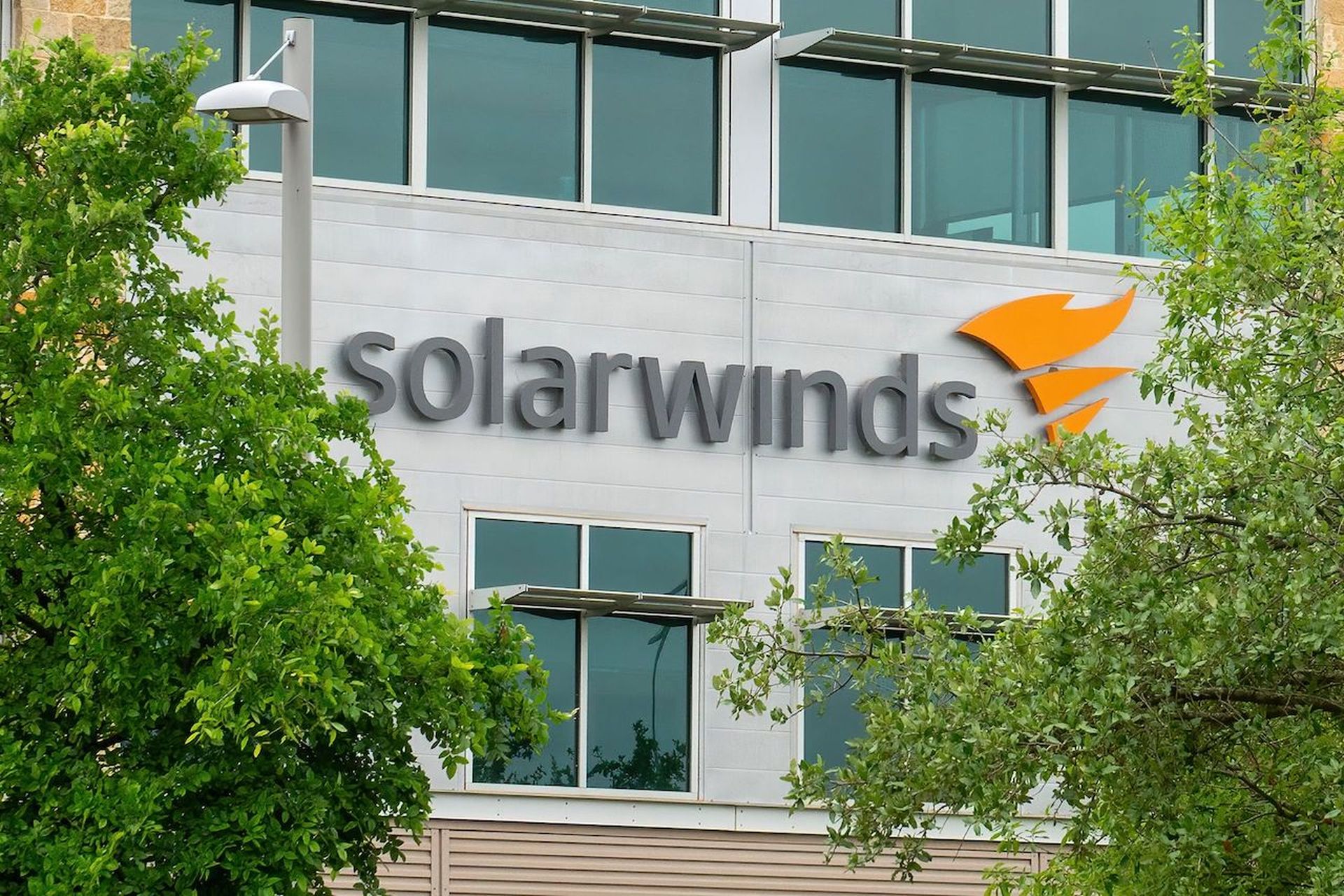Most business owners have heard of EBITDA, (Earnings Before Interest, Taxes, Depreciation, Amortization), but don’t fully understand how it can affect the value of a company and the price buyers pay for a business.

EBITDA is a financial calculation that measures the financial strength of a company. This calculation is often used by financial analysts, investors and potential buyers when valuing and analyzing potential acquisitions. It a meaningful measure of operating performance as it allows businesses and investors to more fully evaluate productivity, efficiency, and return on capital, without factoring in the impact of interest rates, asset bases, taxes and other operating costs.
By minimizing the non-operating effects that are unique to each company, EBITDA allows investors to focus on operating profitability as a singular measure of performance. Such analysis is particularly important when comparing similar companies across a single industry, or companies operating in different tax brackets.
EBITDA's History
EBITDA first came to prominence in the mid-1980s as leveraged buyout investors examined distressed companies that needed financial restructuring. They used EBITDA to calculate quickly whether these companies could pay back the interest on various financed deals. The use of EBITDA has since spread to a wide range of businesses. Its proponents argue that EBITDA offers a clearer reflection of operations by stripping out expenses that can obscure how the company is really performing.
EBITDA is calculated using the company’s income statement of net income (Total Revenue Minus Total Expenses = Net Income) and adding back interest, taxes, depreciation and amortization. It is important for business owners to understand this metric when selling their businesses because many businesses are sold by a multiple of EBITDA (for example, a business might sell for five times EBITDA).
However, EBITDA alone may not reflect the true value of a company. Therefore, a business owner should add back certain expenses that are categorized as discretionary, extraordinary, and non-recurring. This calculation is referred to as “adjusted” EBITDA or “normalized” EBITDA.
When combing through expense accounts looking for add-backs, keep some questions in mind:
- Were these expenses necessary for the operation of the business?
- Will a new owner incur these same expenses?
EBITDA Add-Backs Explained
Below are some examples of typical add-backs for each category:
Discretionary: A primary discretionary expense is how much owners pay themselves in salaries and benefits (“perks”), including salaries and benefits paid to family members. It’s not unusual for business owners to pay excessive (i.e. well above market rate) salaries to both family members and longtime employees. “Perks” such as a personal car, entertainment, travel, life insurance policies, rent expense, or even sponsorship of your child’s little league team are purely discretionary. The amounts for these expenses should be adjusted to fair market or normal levels. Negative adjustments would include filling any gaps in the management ranks such as hiring a new CFO after the transaction is completed.
I recently met an antique dealer who traveled with his wife to Europe four to six times a year searching for antiques. Not surprisingly, the associated travel expenses were significant. Was this a legitimate business expense? Sure. Would it be necessary for a new owner to travel the same number of times with his wife to continue operating the business successfully? I doubt it.
Nonrecurring: These are one-time expenses, including moving expenses, cleanup and repairs from storm damage, purchasing new computer equipment etc. It’s reasonable to assume that these expenditures would not be incurred by a new owner.
EBITDA Calculations, Valuations and Potential Pitfalls
While I am a firm believer in the EBITDA metric, buyers and sellers should be aware of the pitfalls of relying on EBITDA as the sole measure of a company’s operating performance. For example, if a company’s performance has varied in recent years, the time period for which EBITDA is calculated could significantly influence the implied multiple.
Consider a company that produced an EBITDA of $200,000 last year, has an EBITDA run-rate of $140,000 this year and is expected to produce EBITDA of $260,000 next year. A 5x multiple would suggest values ranging from $700,000 to $1,800,000 – quite a wide range. So what EBITDA should you use? The proper EBITDA would be a current “normalized” level of EBITDA (which can require significant analysis to ascertain).
Another weakness of EBITDA is that it excludes “CAPEX (capital expenditures) and working capital requirements.” While EBITDA is often mistaken as a proxy for net cash flow, it is important to remember that EBITDA is not equal to net cash flow. “CAPEX” reduces a company’s net cash flow but is not factored into an EBITDA calculation since CAPEX does not hit the P&L statement. Also, as companies grow, higher levels of inventories, receivables, and other working capital assets are required to support higher revenue levels.
These investments are a use of future cash but are not reflected in EBITDA. Since most buyers look to future growth in cash flow, growth cannot be captured in a static EBITDA or an adjusted EBITDA calculation.
Company Valuations Based on EBITDA Multiples
Often, multiples are assumed based on the expectations and experience of business owners and their advisers. While it is commonplace to hear about multiples of 5x to 10x, there are many industries where EBITDA multiples can be much higher or lower. Also, company-specific factors should influence the selection of an EBITDA multiple. Assessing the proper multiples of EBITDA requires in-depth analysis of companies within the same industry, geography, size (revenues, assets, employees), growth rates, margins and profitability.
While an EBITDA multiple can assist in developing a proxy for value, this should be done only after careful analysis of the factors above. In addition, the analysis should be supplemented with a comprehensive discounted cash flow analysis, which can reflect a company’s projected growth in revenues, profits and cash flows.
Finally, be prepared to defend any add-backs that you include in your adjusted EBITDA. Not surprising, discussions about add-backs with a buyer can become contentious. A savvy buyer will expect you to be able to justify each add-back and explain it in detail.
Gary Miller ([email protected]) is the CEO of GEM Strategy Management Inc., an M&A consulting firm advising middle-market private business owners. Read more of Miller’s blogs here.




